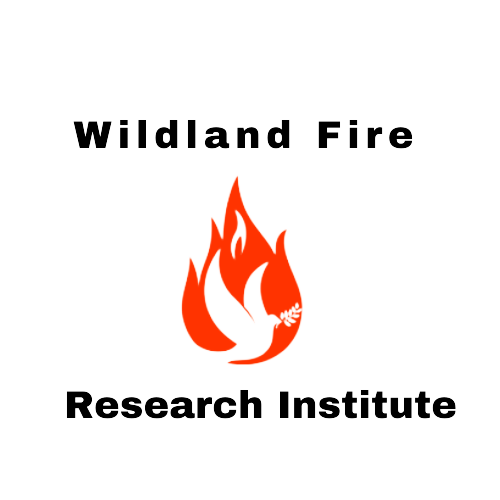- Publisher : Springer (November 11, 1993)
- Language : English
- Hardcover : 396 pages
- ISBN-10 : 0387941177
- ISBN-13 : 978-0387941172
- Item Weight : 2.11 pounds
- Dimensions : 6.14 x 0.94 x 9.21 inches
View cart “Forest Under Fire” has been added to your cart.
View cart “Play With Fire” has been added to your cart.
View cart “The Distribution and Abundance of Tsetse” has been added to your cart.
View cart “Forest fire and other verse” has been added to your cart.
View cart “Ash Road: Text Classics” has been added to your cart.
View cart “Western Forests” has been added to your cart.
Effects of Land-Use Change on Atmospheric CO2 Concentrations
Price :
$159.99
South and Southeast Asia as a Case Study (Ecological Studies, 101)
by Virginia H. Dale(Editor)
Roger C. Dahlman Environmental Sciences Division U.S. Department of Energy Washington, D.C. The potential for humans to alter Earth’s atmosphere has been recognized since the end of the 19th century when Arrhenius estimated that a doubling of atmospheric carbon dioxide could alter the atmospheric radiation balance and raise average global temperature. Today, atmospheric CO concentrations play an important part in the 2 climate-change debate. Sources and sinks of CO associated with land use can be 2 significant determinants of the rate and magnitude of atmospheric CO change. 2 Combustion of fossil fuels and the deforestation associated with land-use change both contribute CO to the atmosphere; in contrast, biological processes on land create 2 potential sinks for the excess CO . Thus, land-use change and associated biological 2 processes become important elements in assessments of future atmospheric CO 2 increase; land-cover properties also affect the Earth’s albedo, which is a climate feedback.
Additional information
About us
Previously known as Fire Research Institute, we are changing our name to Wildland Fire Research Institute. The Institute was founded in 1983 to benefit research in fire across the globe.
Contact
943 W Lynwood Ave, San Antonio, TX 78201, USA




